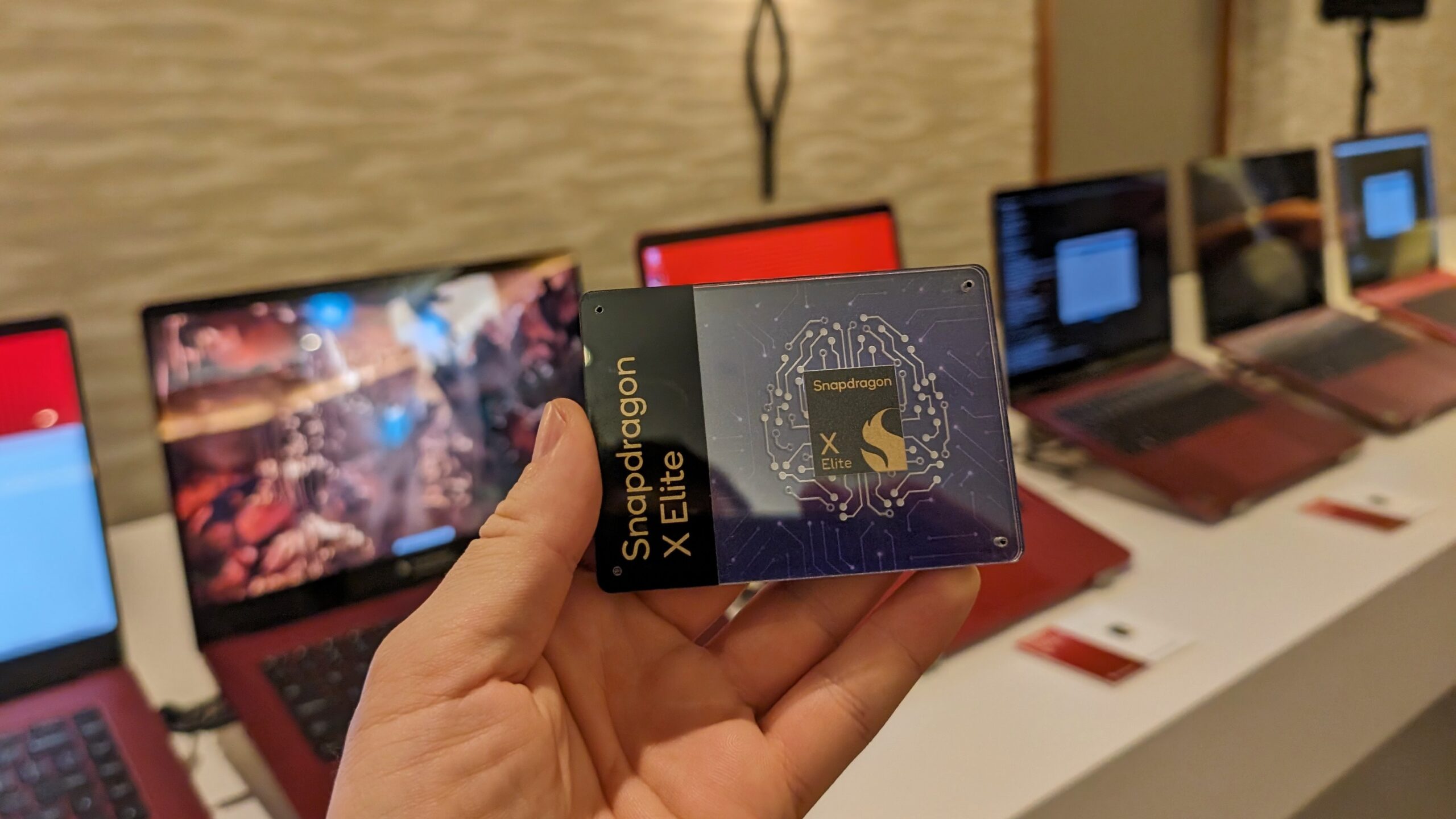Qualcomm has launched the Snapdragon X Elite, a new computing platform that uses the new Orion CPU core for the first time. The SoC is intended to form the basis of future notebooks with Windows on ARM and deliver decent performance. In some cases even the Apple M2 is said to be sold out. The manufacturer has now released the first official benchmarks.
In the past few weeks, there have been many rumors about Qualcomm’s new computing platform. Now the chip has been officially unveiled at the Snapdragon Summit 2023 in Hawaii. However, the platform is not previously suspected as “Snapdragon 8cx Gen 4”, but as Snapdragon X Elite. The changed branding is intended to ensure that the computing platform can better differentiate itself from other Snapdragon product categories in the future.
Celebrating the premiere of Oryon CPU
Snapdragon X Elite has a total of features 12 Performance CoreThat’s on the new one Orion Architecture by Nuvia Based cores are divided into three clusters, each core regularly operating at up to 3.8 GHz. In Boost, two cores are even allowed Clocks at an impressive 4.3 GHz. However, what’s more interesting is how the SoC ultimately performs compared to other chips. Qualcomm has now released the first official benchmarks, which should give a first taste of performance.
Test with two configurations
The processor was tested using two reference notebooks with different TDPs. The SoC can consume a maximum of 80 watts in configuration A, while configuration B has a TDP limit of 23 watts. Snapdragon
According to the published slides, the Intel processor was equipped with a Razor Blade 15 (2023) Tested while having an AMD CPU on an Asus ROG Zephyrus G14 (2023) was installed. Obviously the two platforms were tested without TDP limitations, so the values are maximum values. Despite all this, the following criteria should be looked at carefully. The first independent results should be available by the middle of next year. In the following we want to focus on the benchmark values of the B configuration, since the M2 chip has to work with a similar TDP budget.

Snapdragon X Elite: The M2 can pack a punch
i am Geekbench v6.2 ST (single thread), the new Snapdragon X Elite scored 2,940 points (A) and 2,780 points (B) according to Qualcomm. The Apple M2 scores 2,658 points and is beaten by about 4 percent by the 23-watt configuration. AMD and Intel processors are 3 percent (i7-13800H) and 1 percent (Ryzen 9 7840HS) slower. Compared to the A configuration, the M2 scores about 282 points less.


Image: Qualcomm
The M2 also aced Geekbench v6.2’s multi-core benchmark. Qualcomm scores here 15,130 points (A) and 14,000 points (b) On. This means that the 23-watt configuration is slightly inferior to the Intel processor. M2 is again defeated by about 38 percent.


Image: Qualcomm
Furthermore, some Cinebench tests were published where the Snapdragon X Elite achieved a single-core score of 132 (A). With the TDP brake applied, performance is comparable to the Apple M2. In multi-core operations, the Apple chip outperformed by 66 percent (B).

Adreno GPU with 4.6 TFLOPs
Apparently the Adreno GPU has been significantly improved. The Snapdragon 8cx Gen 3’s GPU clocks around 3.3 TFLOPs, while the new chip achieves 4.6 TFLOPs. This is also clear 3DMark Wildlife Extreme, because here the graphics unit in the A configuration calculates a full 44.5 FPS. With a lower TDP, around 38.5 FPS is displayed on the screen, which makes the Adreno slightly slower than the Apple M2’s GPU. In the Aztec Ruins benchmark, both chips are on par with similar power consumption.


Image: Qualcomm
High performance and high temperature?
We were able to see two reference notebooks live at the launch event. Unfortunately, the benchmarks are not allowed to run independently on the devices, let alone touch the devices. One thing was noticeable, however: on the 80-watt model, the fan had to turn up a lot to cool the CPU. This could be an indication that the CPU is getting quite warm and needs to be cooled accordingly.

Snapdragon X Elite notebook only in summer 2024
First notebook with Snapdragon All major notebook manufacturers are expected to launch corresponding notebooks including Acer, ASUS, Honor, Lenovo, Samsung and Xiaomi. Both powerful devices and thin, fanless devices are expected for creative users.
For reasons of better readability, masculine, feminine and different language forms (m/f/d) are not used at the same time. All personal names apply equally to all genders.












